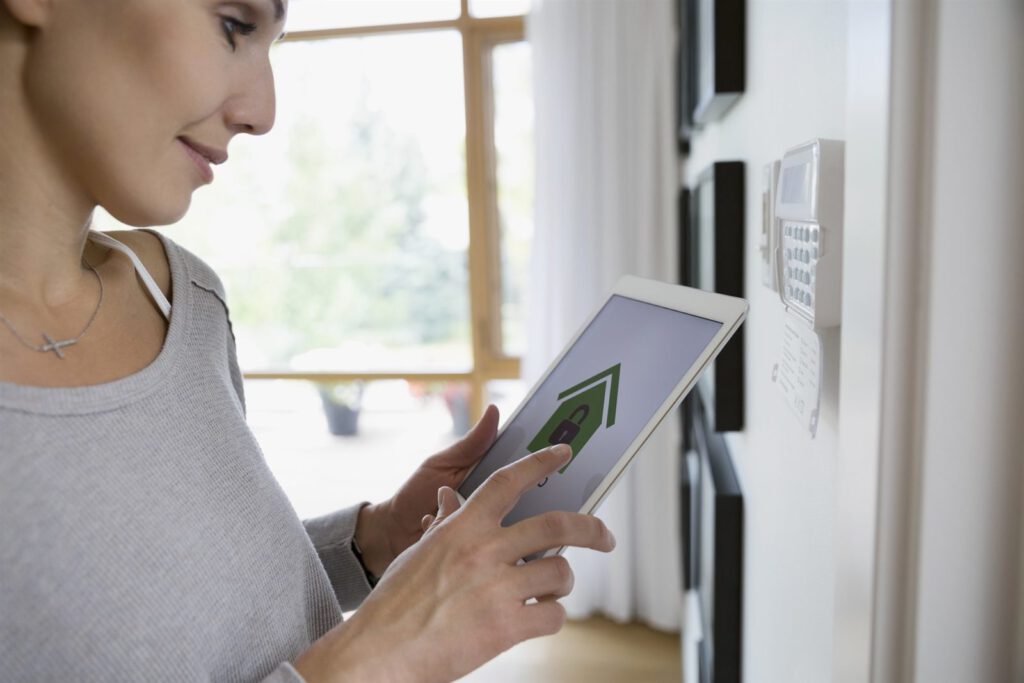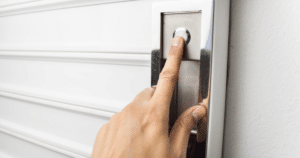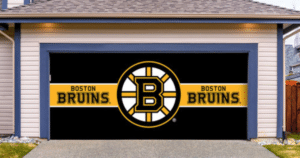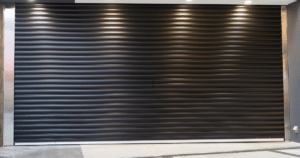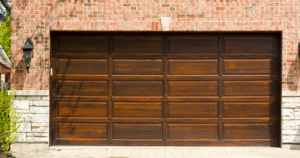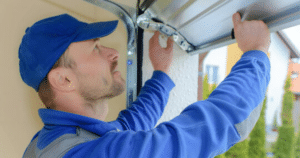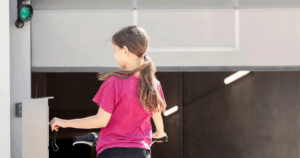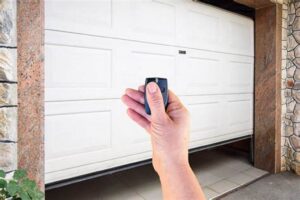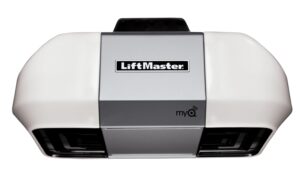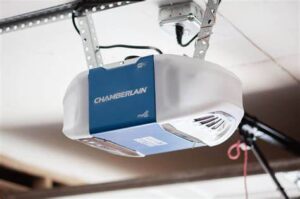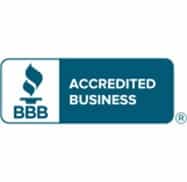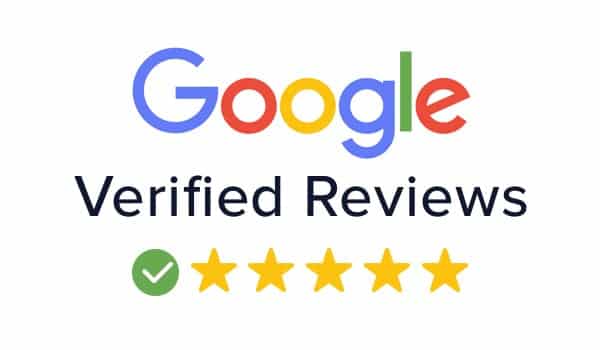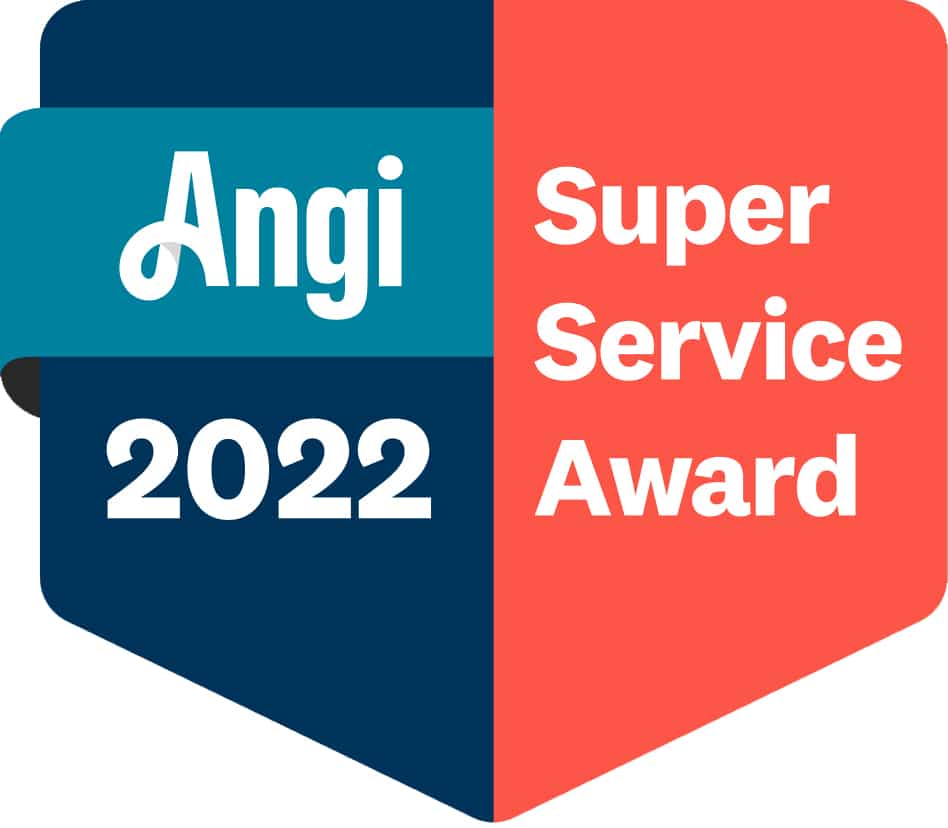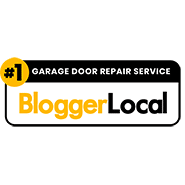Homeowners insurance costs an average of $1,083 annually across the US — but that number varies widely from state to state. For example, annual premiums in Florida average $2,055, while policyholders in Oregon pay just $574.
It’s difficult to nail down exact policy pricing because multiple factors go into your specific calculation, says Angela Orbann, vice president of personal insurance products at Travelers Insurance. Which state you live in is a big one — coastal homes come with different risks than those located in the Midwest, for example — but your insurer will also consider the size, age and characteristics of your house, prior losses and features that qualify you for discounts or credits.
HOMEOWNERS INSURANCE IN KANSAS CITY
Some of these home improvement projects are expensive upfront, which means it could take years for insurance discounts to match what you spend on the upgrade. However, reducing the cost of your insurance is just one of the advantages of making the investment. A new roof or storm-resistant windows, for example, could save you thousands of dollars in damages in the event of a hurricane or hailstorm, while home security can stop a burglar in his tracks.
“These devices are protection that will save you from the pain of a loss, so they’re good preventative measures in addition to making sure you have sufficient insurance coverage,” says Jenny Naughton, executive vice president at Chubb Personal Risk Services.
Here are four upgrades to consider — and how they’ll pay off over time.
HOME SECURITY
A home security system is one of the simplest upgrades homeowners can make to reduce both policy costs and the risk of loss due to burglary, accidents and storms. Home security generally falls under insurance companies’ protective device discounts and may include everything from door sensors and smoke alarms to centrally monitored systems that automatically notify emergency personnel if a problem arises with all entry window and door entry points of your home, including your garage doors.
Home security systems cost $685-$994 on average to install, and monitoring services range from $20 to $70 per month. There are a number of DIY, self-installation systems that won’t require a hefty installation fee, though you will pay for the cost of the equipment. You can also track some systems and devices yourself from your smartphone, but you’re likely to qualify for the largest discount with third-party monitoring.
WATER SHUTOFF DEVICES
According to data from the Insurance Information Institute (III), water damage accounted for nearly 30% of losses in 2016, and the average loss between 2012 and 2016 totaled $9,633. Devices that cut off a home’s water supply when they detect damage to pipes, water lines and plumbing can prevent significant damage and save homeowners an average of 3% on their premiums, according to Trevor Chapman, a Farmers Insurance spokesman.
Water shutoff devices cost $174-$208, on average, to install. With an average annual discount of $32, it would take between 5.4 and 6.5 years to pay off and start saving you money.
STORM-SAFE WINDOWS
Wind and hail was the number one cause of loss in 2016, according to the III — about 1 in 40 homes has a claim in this category each year. One of the main upgrades to prevent wind damage, particularly in hurricane-prone areas, is storm-safe windows: impact-resistant glass and roll-down shutters, for example.
Wind-related discounts and credits vary widely and may only be applicable if you live in a state with high wind risk or meet specific replacement window and retrofit requirements. Naughton says that those who live in wind-prone areas could see a 10-15% credit on their policy for wind protection upgrades.
Storm windows cost an average of $4,656 to install. With an average annual discount of $108-$162, it would take awhile to recoup the cost from the upgrade alone (we’re talking between 28 and 43 years), but if you do live in an a high-risk area, it could save you thousands in repairs should a bad storm damage your home.
UPGRADED ROOFING
A new roofing installation in Kansas or Missouri is a significant — and expensive — undertaking. However, a bad roof can cost you a lot. If your roof leaks, you’re likely to face rotting wood and interior water damage. If it’s weak, hail and high-impact storms can breakthrough.
Insurers offer several types of discounts for roof upgrades. One is an impact-resistant roof discount for roofs that protect against lightning and hail. Another is a roof age discount, which applies to homes with newer roofs.
Roof discounts may range from 5% to 35%. The average roof costs $7,484 — your discount would save you between $54 and $380 annually, which means it would take between 20 and, well, a lot of years to pay back.
Of course, the more your insurance policy costs, the greater the impact these upgrades will have on your savings. Experts stress, however, that even if homeowners don’t recoup every dollar spent, these upgrades are still valuable when it comes to risk reduction. Policy savings are a nice bonus, not the primary reason to add these protections to your property.
WHEN — AND HOW TO UPGRADE YOUR HOME
Naughton says that the best time for homeowners to make major upgrades is when they’re already building or renovating. While water shutoff devices can be fairly simple to set up, replacing a roof is likely to be more invasive.
Before you make any voluntary upgrades, however, check with your insurance agent about how they will impact your policy coverage and costs. You may be required to use certain materials or meet specific certification standards to be eligible, and not all discounts are available in every state. To get relevant credits or premium reductions once you’ve completed a project, submit receipts or proof of purchase to your agent.
Orbann also advises reviewing your policy with your agent on an annual basis to determine what additional discounts you qualify for — and to be proactive rather than reactive to reduce your risk.
“One of the most important ways to save is to perform general maintenance around the property to prevent damage before it actually occurs,” she says. “If you remain loss-free, typically there’s a significant loss-free discount that would apply to your policy.”
We’re here to help with all your garage door repair in Kansas City needs, ensuring your home is secure and well-maintained. Reach out to us today!

